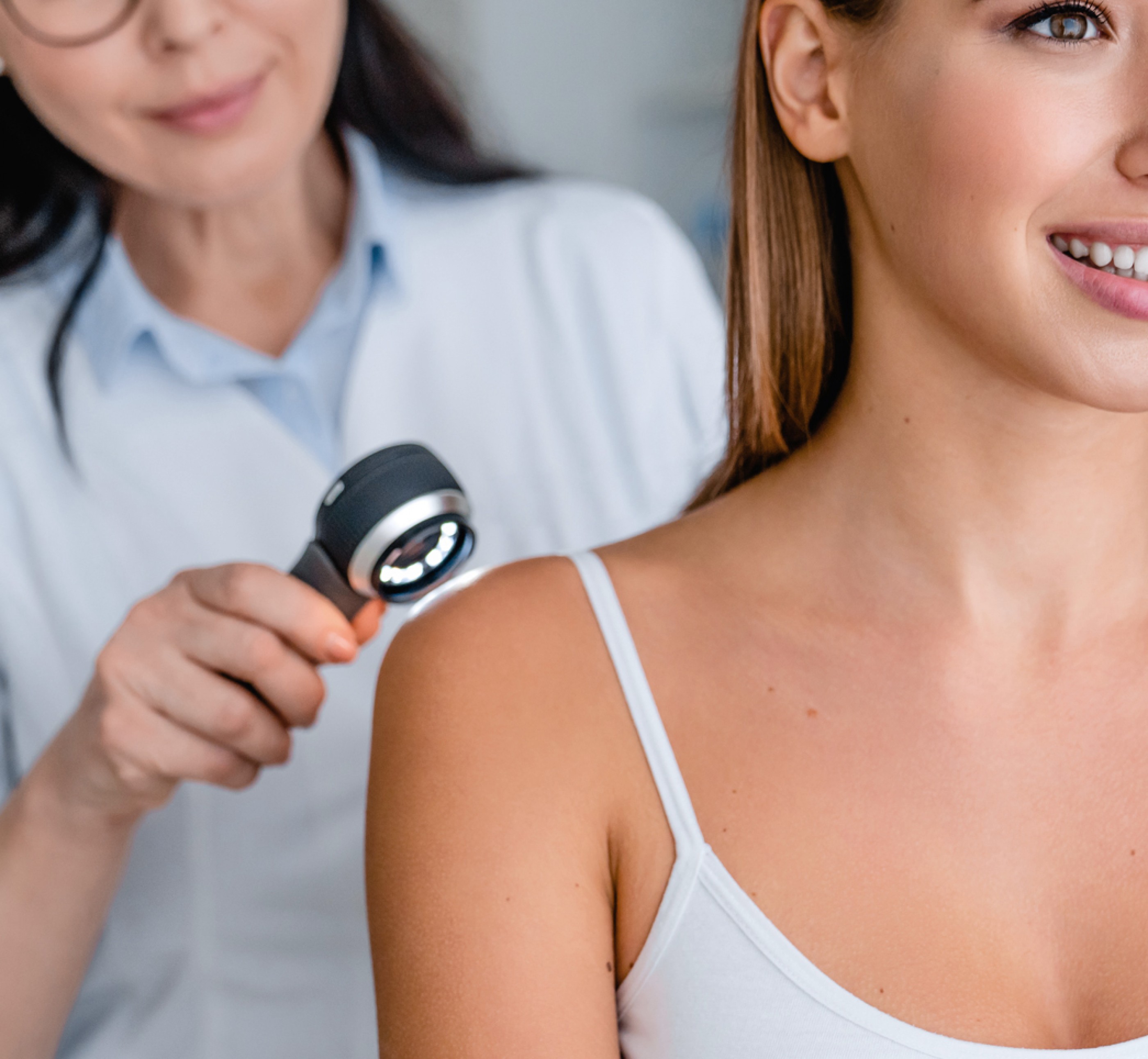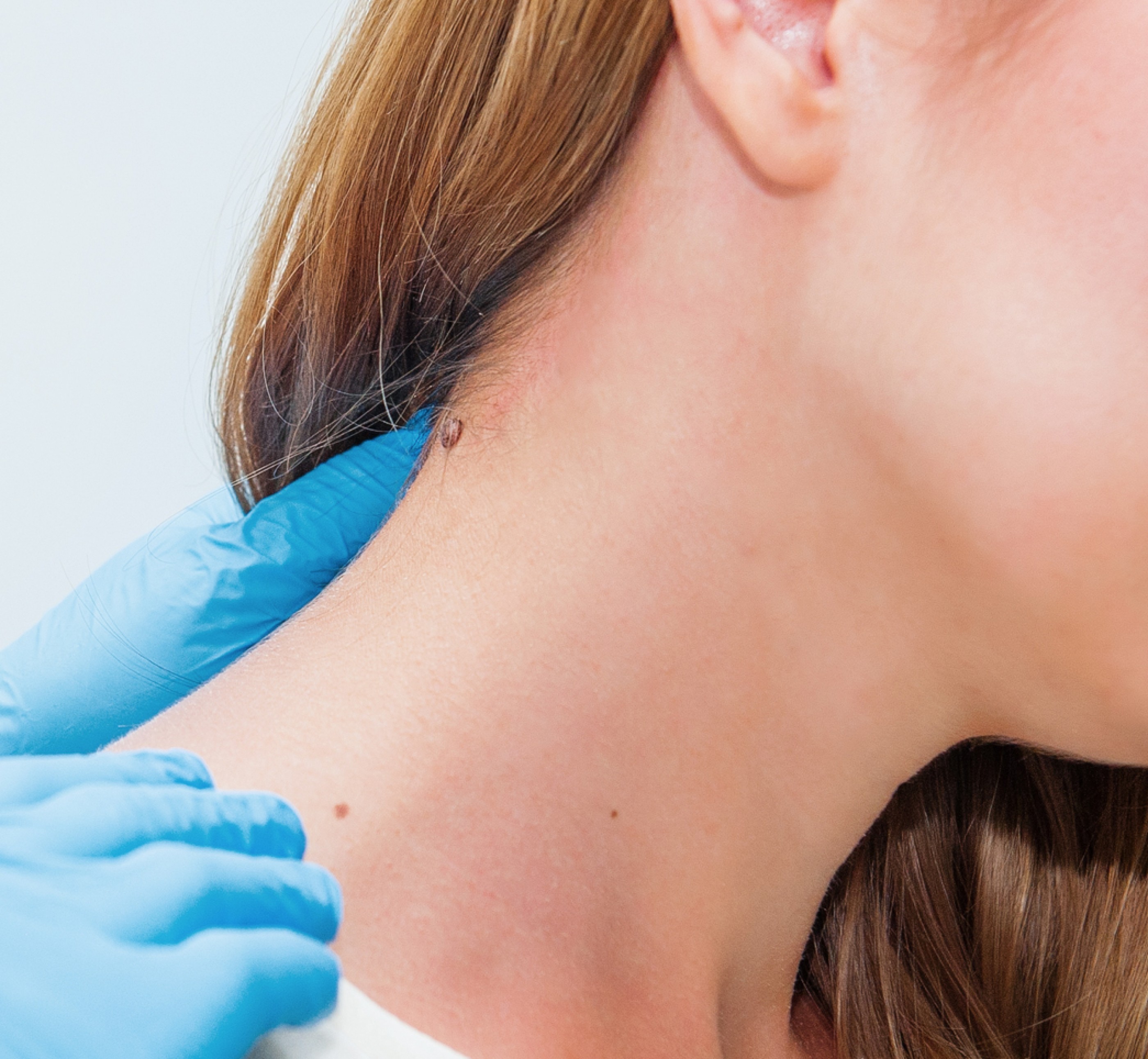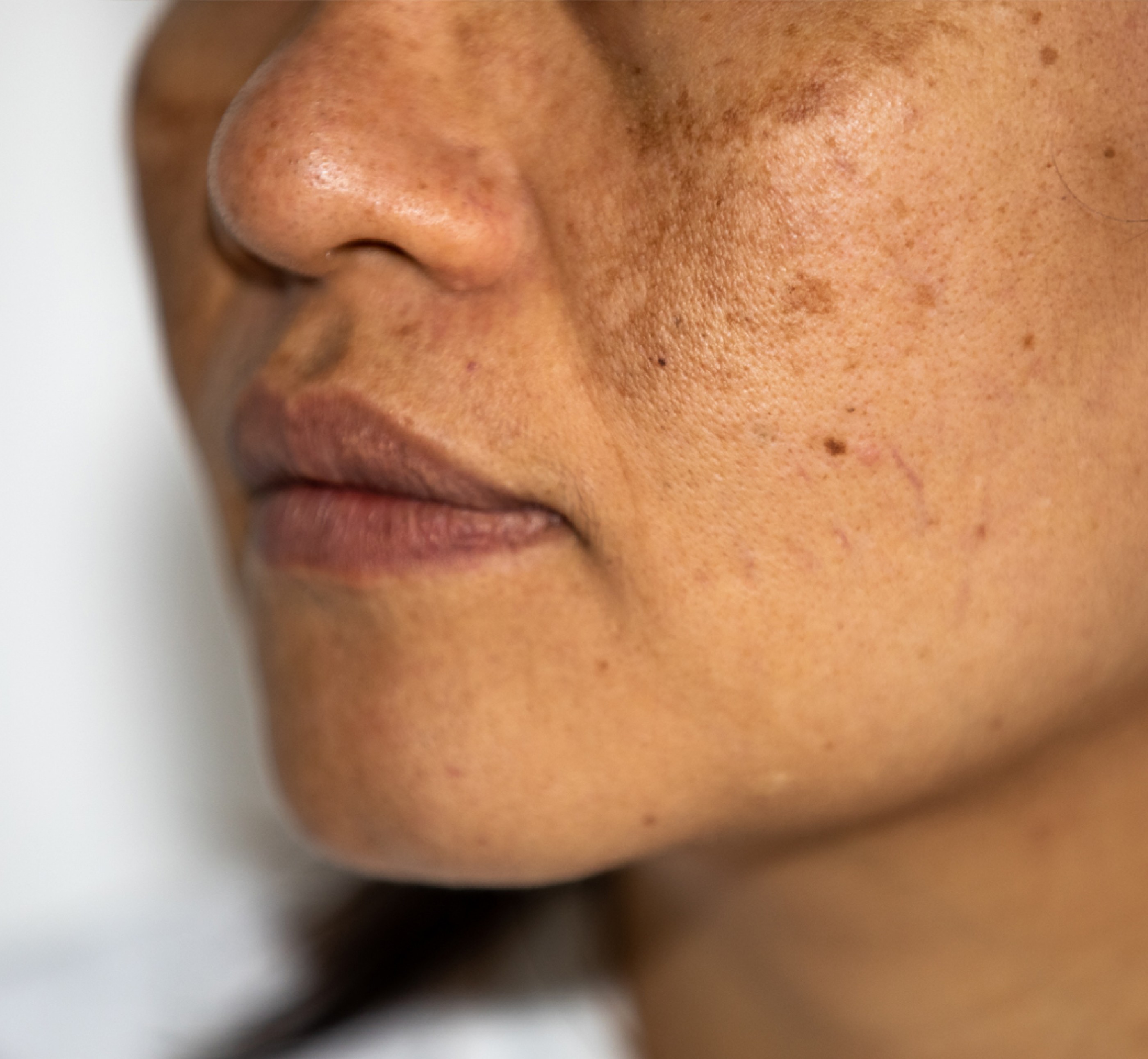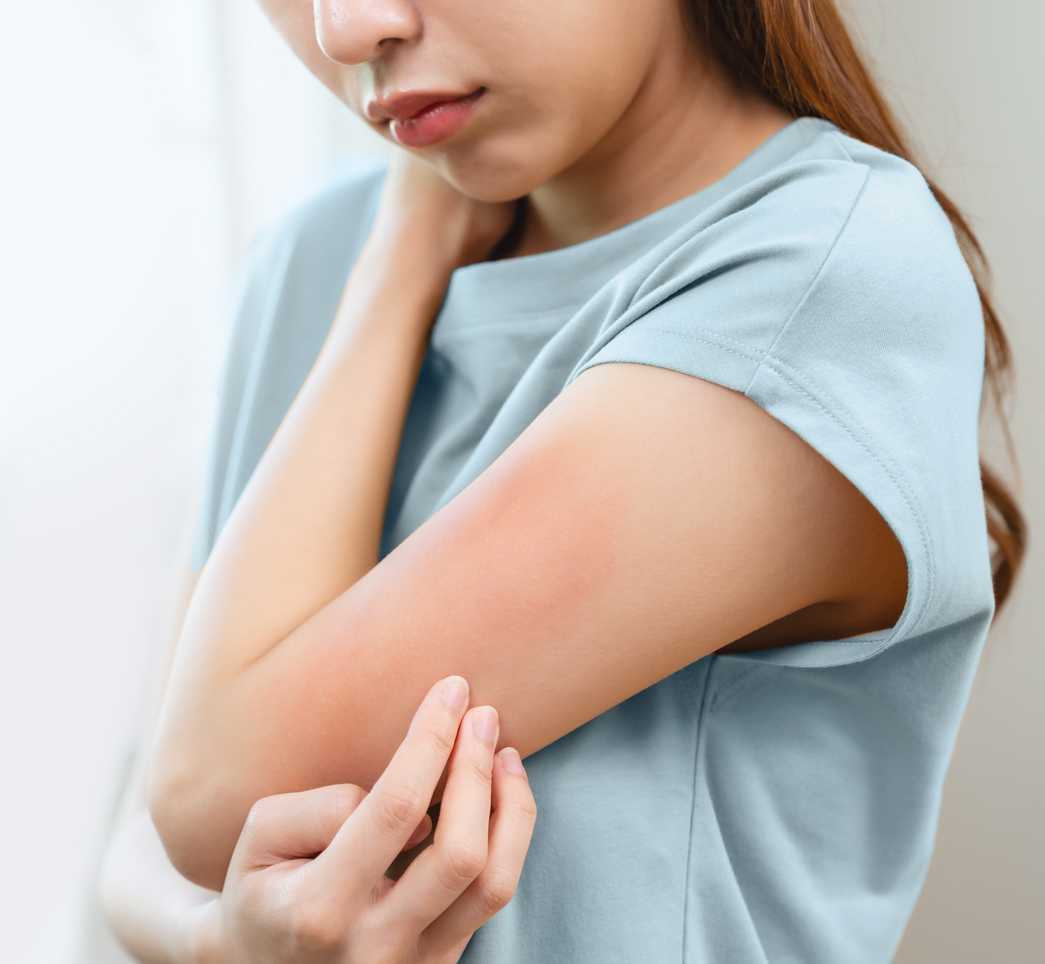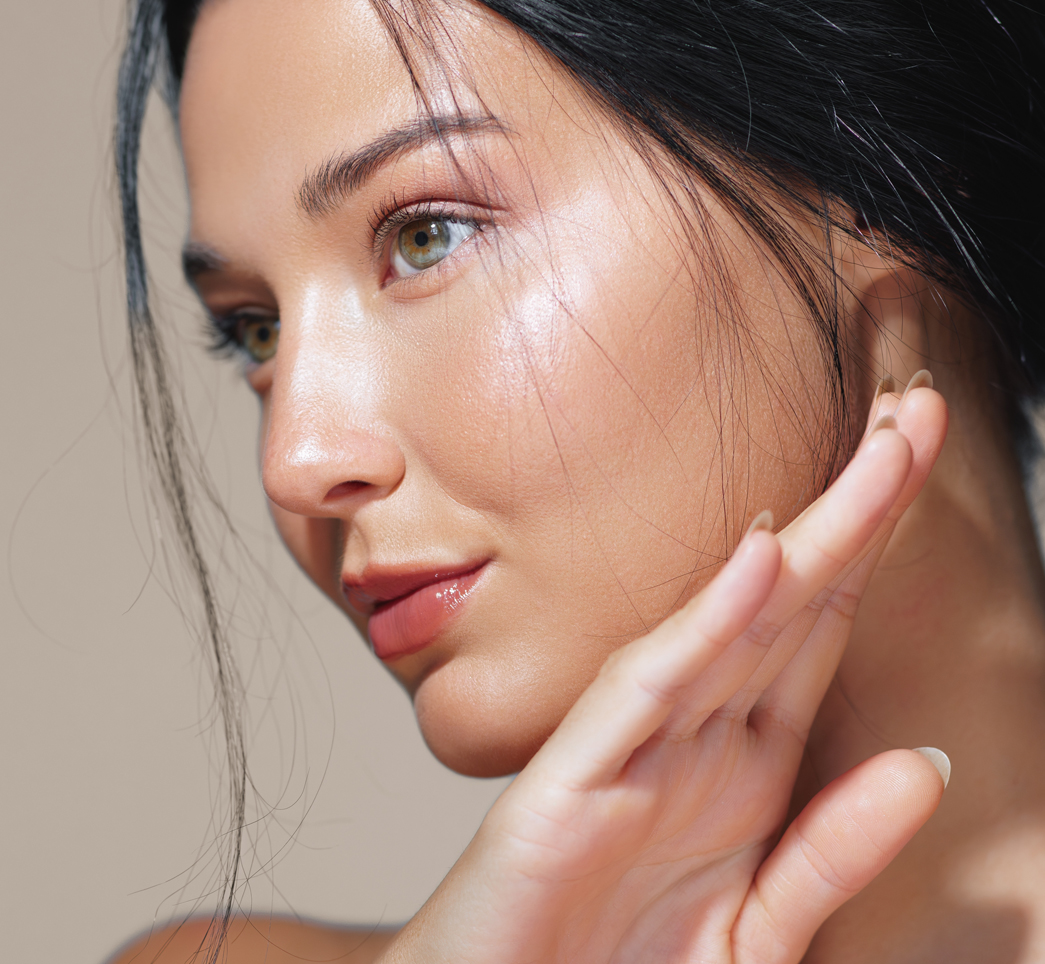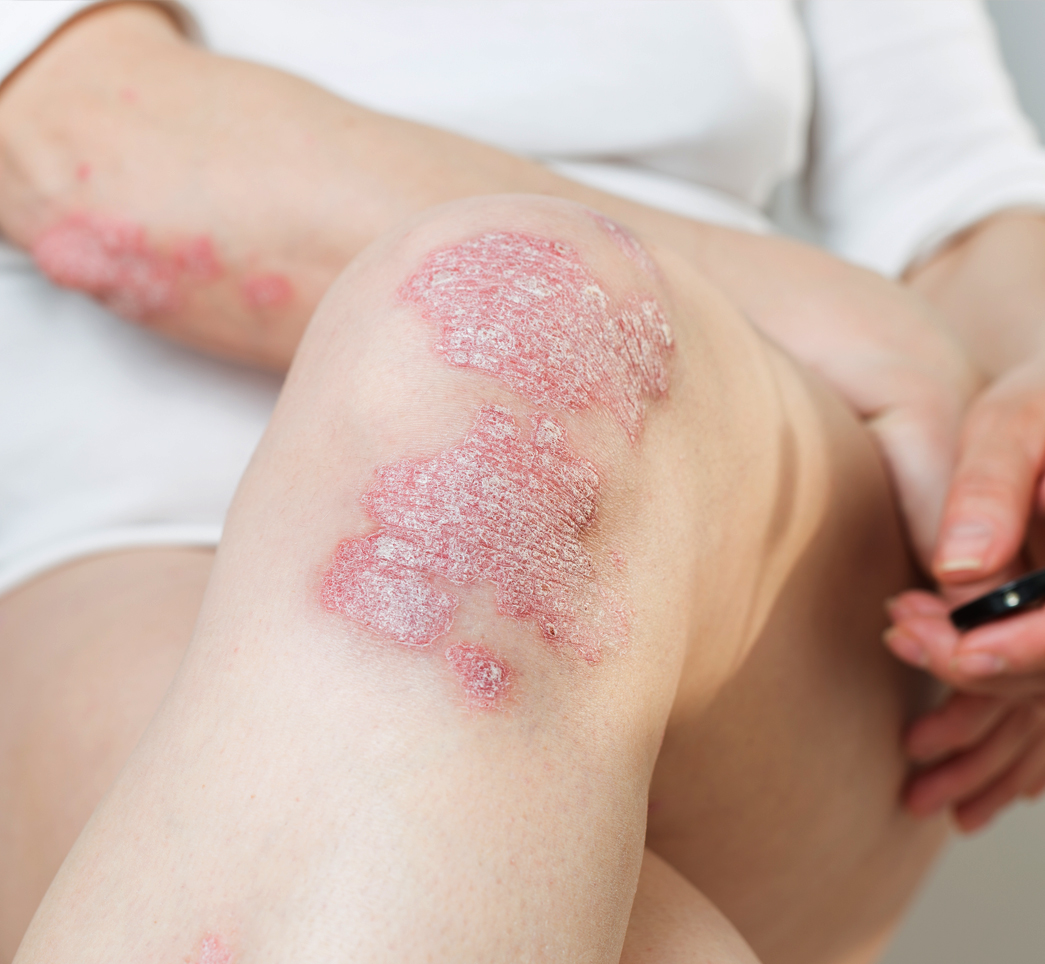The Blog

Scars happen. Whether it’s from falling off your bike during your childhood when you just lost your training wheels or from the moment your newborn child was placed on your chest after a C-section, scars happen. Scar is a broad term and all wounds heal with some form of scarring. Scarring is natural and can refresh our memory of an incident from childhood or be a constant reminder of a mistake or injury from the past.
Not all scars are created equal
Scarring types and degree can vary from person to person and from location can also vary from one body site to another. In general terms scars occur whenever there is a compromise of the layers of the skin called the dermis and epidermis. As the layers of the skin rejuvenate and regrowth the texture and color is always different. In general scars do improve over time, however, this can take years and be frustrating for some people.
Over healers vs Under healers
There are two types of healers when it comes to scars: over and under healers. Over healers typically have thicker scars that become more prominent. These types of scars can be categorized as hypertrophic or keloid scars. Hypertrophic scars do not grow out of the bounds of the scar while keloid scars typically progress out of the margins of the scar. Keloid scars can be very frustrating and can even become itchy or painful at times. Under healers typically have thinner or atrophic or indented scars. These scars often have a dented appearance and can look less healed in comparison to hypertrophic or keloidal scars. Scars do not always play by the same rules. I have seen patients with symmetrical surgical scars that can heal differently on one end compared to the other. It is important to characterize the type of scar to help guide treatment further as there is no universal treatment for scars. The treatment is individualized based on the clinical findings, patient’s skin type, scar age, color of the scar, texture and hardness of the scar.
Let’s shift our focus to under healers
The goal in the treatment of hypertrophic and keloidal scars is to flatten. Silicon based scar gels can be beneficial in smoothening and flattening out scars. They are typically well-tolerated and formulated with high grade silicon. These gels can be combined with massage for even better results.
Microdermabrasion is another treatment option that has been very established in the literature. Microdermabrasion utilizes a fine diamond tip to polish and smooth scars. Microdermabrasion removes the outermost layer of dry, dead skin and reveals flesher healthier appearing skin. There is little down time with minimal risks of mild swelling and redness, which is typically transient.
ILK or intralesional kenalog is a very established treatment for hypertrophic and keloidal scars. ILK is triamcinolone, this is a topical corticosteroid that is injected directly into the scars. Small allotments are injected to help promote flattening and lightening of the scars. ILK injections can be uncomfortable depending on the location on the body, however, a topical anesthetic can be applied prior to make the procedure more comfortable. The most optimal results with ILK are observed with a series of treatments.
Platelet rich plasma (PRP) or liquid gold? PRP is taken from your own tube of blood. The sample is spun and the growth factor rich layer is extracted. This extract is full of growth factors to stimulate the remodeling process of the skin. PRP can be injected directly into a bothersome hypertrophic or keloidal scar. When injected PRP exerts its magic by remodeling the healing process and encouraging new tissue to form and replace the former scar tissue. PRP can be used as stand-alone treatment or can be useful in conjunction with microneedling. It is important to note that not every over healer is a good candidate for microneedling and we recommend a trial patch prior to considering treatment of a larger surface area.
These options sound great, but why can’t I just have my exaggerated scar surgically removed?
Surgical excision may be an attractive treatment option for patients with exaggerated hypertrophic or keloidal scars. Why not just remove the past with a few cuts and sutures? It is important to consider when excising a scar, you are replacing a scar with another scar. All procedures including excisions have the potential to cause scarring. There is a risk of recurrence and rebound worse than the primary scar with an excision. Intralesional kenalog can be beneficial to follow up after excision to help prevent recurrence.
Are there any other treatment options?
Radiation is another treatment option. Some patients with extensive keloids or hypertrophic scars may benefit from low dose fractionated radiation with a radiation therapist. Some patients may also benefit from evaluation with a plastic surgeon who may combine multiple treatment modalities. Ultimately, no treatment plan is perfect for every patient or for every scar. At our office, we customize each plan for the patient and consider all aspects of the scar when deciding how to treat.
Let’s shift our focus to under healers
The goal in the treatment of atrophic scars is to raise the scars to the level of the unaffected skin. Like the treatment of hypertrophic and keloidal scars silicon based scar gels can also be beneficial in promoting smoothening of atrophic scars.
Scar subcision is a very established treatment. Scar subcision utilizes a tiny fine needle to release and break the scar. Saline is then injected throughout the scar to separate and displace the scar tissue. Scar subscision has been utilized for many decades and is safe and is typically only mildly uncomfortable. The results of scar subcision are typically most optimal with a series of treatments.
Dermal fillers are another treatment option. Dermal fillers are injected directly into atrophic scars. Fillers promote the body to create new collagen and elastic bundles to heal and support atrophic scars. Dermal fillers are not appropriate for treatment in every location and candidates are selected with care. Fillers are not a permanent treatment and some require follow up injections 1-2 years later.
Microneedling has evolved into one of the most effective and promising procedures to help reduce the appearance of scar tissue and aid in skin rejuvenation. The microneedling pen utilizes tiny needles to make micro-injuries into the skin without significant damage. This process induces tissue remodeling such as thickening of the skin and inducing collagen through the natural wound healing process. Due to minimal inflammation, scarring and post-inflammatory pigmentation as adverse side effects microneedling is often sought after as a treatment option in comparison to other procedures such as laser or chemical peels.
Microneedling can be combined with platelet rich plasma (PRP) for even better results. PRP is taken from an extract of your own blood. This layer is spun and contains the highest levels of growth factors. PRP can be used as a glide for the microneedling pen and promote even better results. PRP can also be injected directly into a bothersome scar as a natural filler to further promote rejuvenation.
Microneedling may sound uncomfortable with a pen with feathery needles, however, rest assured our office utilizes a topical anesthetic prior to treatment to make the procedure comfortable and easy. Down time is minimal after microneedling and you may experience some peeling. Most patients tolerate very well and describe their down time as like having a mild sunburn for a few days.
Another important aspect to scarring is pigmentation
Dyschromia or post-inflammatory hyperpigmentation is a common phenomenon after an injury has occurred. This is over pigmentation after an inflammatory process and can be variably pigmented. From dusky pink to a dark brown, pigmentation is not created equal and varies from patient to patient. Some patients can be more vulnerable to developing pigmentation discrepancies than others.
It is important to address any residual pigmentation as dark pigment can make any scar more noticeable. The good news is there are multiple treatment options available to address this aspect of scarring as well.
Let’s ditch the PIH
From chemical peels to topicals there are multiple options to address PIH. Chemical peels are not what they used to be in. In the past chemical peels were only considered safe for very light skin tones. There are multiple types of chemical peels available today safe for darker skin tones. Chemical peels typically utilize a combination of alpha hydroxy acids to help promote exfoliation of the skin. Through this exfoliation new unpigmented layers of skin come to the surface. The skin is cleansed and toned prior to a peel. Most patients experience minimal discomfort and may experience mild stinging with application of the peel. The patients return home with a sunscreen on and wash the peel off in the morning. Peeling typically occurs for a few days to a week depending on the patient and the type of peel. It is important to follow strict SPF precautions after a chemical peel to ensure the new skin does not darken.
We can’t forget about hydroquinone
Hydroquinone is a topical treatment that interferes with melanin production. Melanin is the protein that gives our hair, skin and nails its pigment. The goal of hydroquinone is to take a patient back to their baseline skin tone. It can be combined with other topicals including a topical steroid or retinoid to optimize the results. Hydroquinone is not a chronic treatment and it is important to limit to pulses as chronic use has been associated with risks of rebound hyperpigmentation or skin darkening. It is important to note that hydroquinone is not safe to use during pregnancy.
Are there other options beyond hydroquinone?
There are multiple other topical systems, which can maintain and support the results after taking a break from hydroquinone or can be used on their own. Cyspera is the first of its kind. It is a non-hydroquinone based skin lightener used to improve the appearance of stubborn skin discoloration. Cyspera is safe to apply to the entire face including the inside of the orbital rim and on the lips. It is applied nightly and left on for 15 min. After 15 min, it is rinsed off. Most patients tolerate well with some reporting a slight stinging sensation that resolves quickly.
I don't think we can have a conversation about scarring without discussing the importance of a good SPF
SPF should be thought of as the icing on a cake. You can’t enjoy a good chocolate cake without that creamy sweet frosting on top. Sunscreen is vital in protecting your skin in general. Scars are very prone to becoming hyperpigmented and the darker this pigmentation becomes the more difficult it can be to light. Physical blockers such as zinc and titanium oxide provide the most optimal coverage. In the past, these physical blockers were thick like white paste, however, today have been microsized in many sunscreens for thin and sheer coverage. Sunscreen should be applied daily and reapplied regardless of the season or weather outside. Rain or shine those UV rays will be happy to come in and darken your scar so it is important to be diligent.
We all scar and all scars are not created equal. You do not have to live in embarrassment of your scar any longer. You should know you have options to address each aspect of your scar regardless of your skin type or scar type.




